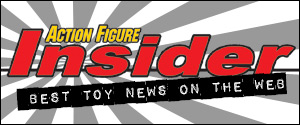|

Dungeons & Dragons has exploded in popularity since Fifth Edition launched in 2014, as the game and its mechanics were streamlined as much as possible to reach new audiences. And you know what? It worked. In 2020, Wizards of the Coast and D&D claimed that over 50 million people are playing the game, and that number continues to grow. However, if it's your first time getting into D&D, it can be intimidating. Aside from the fact you're diving right into roleplaying at a table surrounded by friends, there is a learning curve to all these game mechanics which sit in a mountain of product. But which of these D&D products do you actually need? Luckily, as someone who has been playing D&D since the days of THACO, I have a good idea of what new and experienced players need in order to get a D&D game going successfully. And to be honest, if you're looking to jump in, you actually don't need a lot--especially if you split the costs with the rest of your group. And as the representative of D&D players, welcome aboard. We're glad you're here. We've split this into four different categories, just so it's easier for you to traverse. Jump below to our different sections to see what you need to play D&D. And yes, getting deep into D&D can become an expensive hobby. However, D&D is played within a group of people, and like most groups, you can split the cost of items between friends--something my group did with books for years. Disclosure: The products discussed here were independently chosen by our editors. GameSpot may get a share of the revenue if you buy anything featured on our site.
D&D Beyond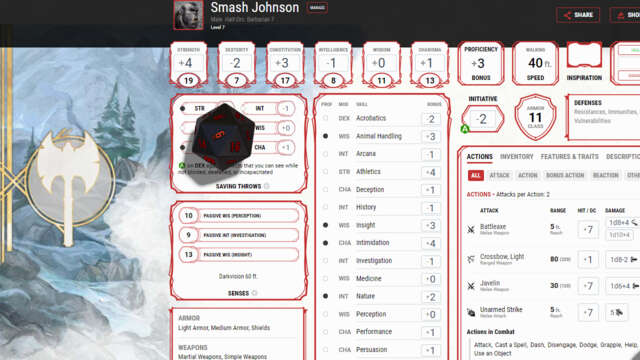
If you're going barebones, you can essentially play D&D for free. D&D Beyond lets you create characters, print character sheets, mark down actions, and even roll dice. With the Beta version of Build an Encounter, you can even look up monster stat blocks. You can sign up for free, but there's a bit of a downside. You can't use content for D&D that's outside of the main Player's Handbook. There is some Critical Role and Homebrew content, but it's pretty barebones. Regardless, this is the cheapest way to play. And if you want to level up your experience, you can purchase other books digitally to add to your collection. There is even dice rolling mechanics in the app.
An open mind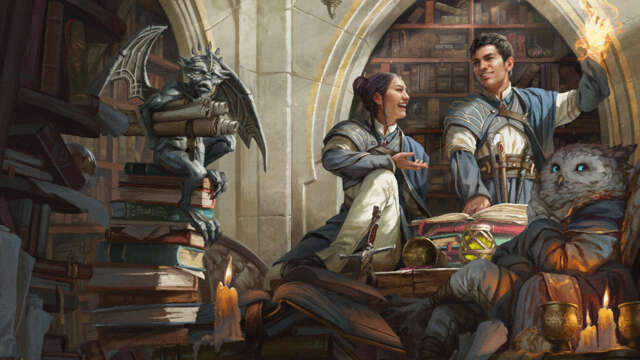
Tabletop RPGs can be a culture shock for first timers. It's much different than playing an RPG video game or playing board games with your friends. The key is "roleplaying." You're going to be jumping into the brain of a character, and playing out scenarios. Yes, your first few games may feel awkward, but D&D is best when you really get into it. When your character talks, give them an accent, play with how they speak, and again, give them an accent--British, New York, Southern, and Chicago are the best, primarily as a gag, but hey, just try it.
Video chatting account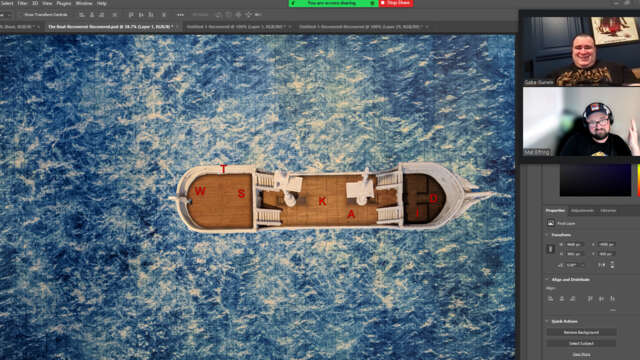
While meeting in person is great, sometimes doing sessions online works better for everyone. It's a good idea to have Zoom or Skype loaded up into your computer or the countless other ways you can communicate with a group of people. The best suggestion is to get your own Discord server for your friends/people you want to play with. You can do video chat on your server and keep in contact with your players in a room. However, for all of these choices, your DM may have to make some tricky choices in order to get the playfield on your screen.
Starter Set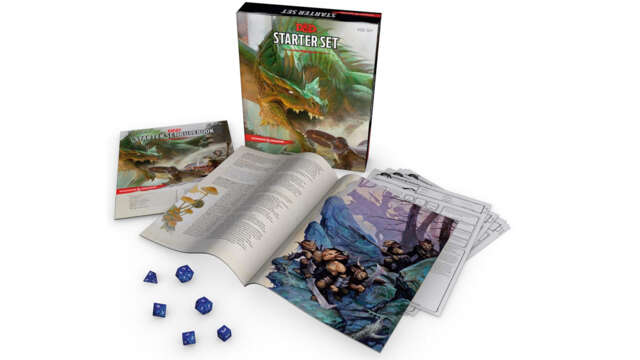
If you don't want to dive all the way in, just yet, you can pick up a starter set, which will run you through how D&D works. There's a lot of handholding here, but there's a good thing you might need since the D&D learning curve can be steep for new players. The set comes with a 64-page adventure book, a 32-page rulebook--which will help you play a character between level 1 and 5--five pre-generated characters, a dice set. While it retails for $20, you can find it for a lot cheaper on Amazon. This is probably the easiest way for new players to learn how to play without spending a lot of money.
Player's Handbook
Kicking off the "Beginners" section is the D&D Player's Handbook. If you're not using D&D Beyond, and playing the old fashion way, you'll need at least the Player's Handbook. While there are various editions of this book, you'll want to grab 5th Edition--although if you're super into D&D, it's always worth checking out 3.5 Edition, which many longtime players consider the best edition of the game, even though it's not as streamlined as 5. It has all the info you need in order to play the game--or even run it, if you're up for it. Typically, the book retails for $50, but you can find it discounted online. Amazon tends to have it on sale for up to $20 off.
Dice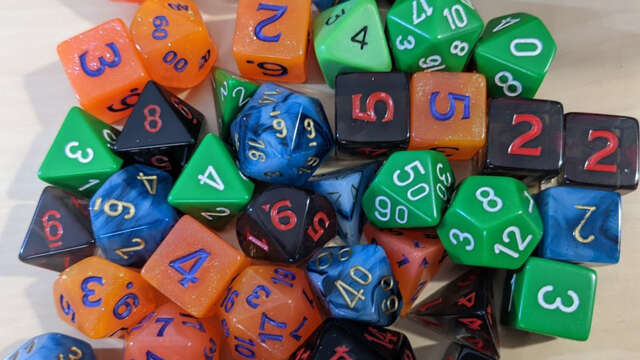
There's no way around it. You need dice if you're playing in person. However, you don't have to spend a lot of money to get some good ones--although $300 sets do exist. You can find them for as cheap as $6--many of which can be bought at your local game stores. You'll need a full set though, not just a bunch from your average Yahtzee game. D20s--20-sided die--are the most important for D&D 5.0. Yes, D&D Beyond has digital dice, and there are digital dice-rolling apps, but not all DMs are cool with that, and let's be honest, rolling physical dice is a lot of fun.
Character sheets and mechanical pencils
In order to keep track of your character, and everything they have in their inventory, you'll need to get some character sheets. Luckily, as long as you have a printer, you can get them from D&D online. On top of that, you'll need mechanical pencils with good erasers. You'll be doing a lot of writing and erasing on said character sheet, so make sure you pick up a bunch of extra graphite for them as well.
Monster Manual
Creating dungeons on your own is pretty easy, but creating monsters on your own can be a bit more of a challenge. There's a lot of info you need to know, and the best way to get that into your hands is to pick up a copy of the Monster Manual. All of the stat blocks you need for battle are in there, and much like the Player's Handbook, the Monster Manual is typically on sale online
Dungeon Master's Guide
First up on the intermediate side is the DM guide. If you've been playing D&D for a while, you'll probably want to run a game at some point. The DM guide does a great job at hand-holding for running your first adventure. It will explain the importance of story and world-building, and it will help you flesh out NPCs for a full experience. It will also help veteran players create dungeons, monsters, items, and more. Like other D&D books, the retail price is $50, but it's typically on sale for up to 25% off.
Rules Expansion Set
Released in early 2022, this set contains three expansion books and a DM screen--and the inside of the screen has a bunch of important information for you when you're running the game. The set contains Monsters of the Multiverse, a book with more monsters for players to fight in it and various other races you can play as like Minotaurs, Kobolds, and more. The two other books are Xanathar's Guide to Everything and Tasha's Cauldron of Everything. Both of these books are similar in that they offer up new player options that really come in handy. This is a bit pricey though, as it retails for over $100.
Gridded dry-erase board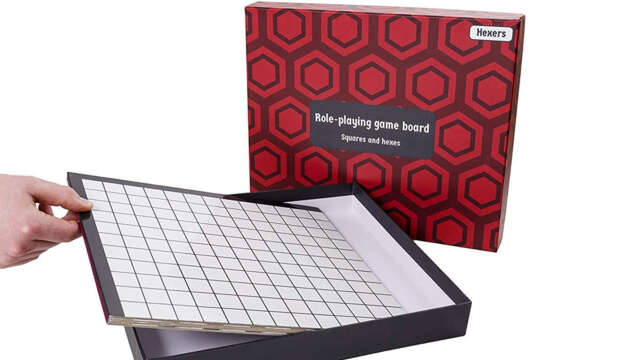
If you are a DM and planning a big adventure, the best investment you can make is in a gridded dry-erase board. It's perfect for encounters between players and creating dungeons. There are plenty of options for these boards, but I personally use this game board by Hexers. It's reversible and good quality. However, you'll have to pick up dry-erase markers separately.
Gridded notebook
Every player, not just a DM, needs a gridded notebook if you're serious about playing long term. Mainly, you can use this for notes about your character: major events that have happened to them, feelings about other people in the party, motivations, etc. The gridded side of things may be more for the DM, as it's the perfect way to sketch out dungeons and build ideas for your players, before drawing it live on a dry-erase board for a session.
DM screen
Typically, you'll only want this if you're a DM, since you'll need to hide your dice rolls. It's a big cardboard screen, and sure, you could just use a giant piece of cardboard--which is much cheaper than a $10 screen. However, the official D&D DM screens have important info on one side that DMs can reference, from battle conditions to combat actions to the cost for food and lodging in a town. There are other types of DM screens, which also includes one where you can keep stats of players and enemies using dry erase markers.
Roll20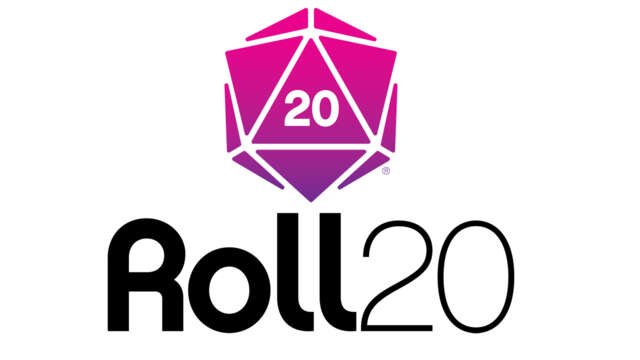
If you're playing online and want to take your game to the next level, you'll probably want to jump onto Roll20. It has everything you need to run a campaign with friends, and all of it is online. There are some drawbacks--the first being you may have to purchase content, which is completely understandable but a bit of a bummer if you already own said books. The second drawback is the learning curve. It is extremely complicated, but you do get some wonderfully detailed maps and a great gameplay experience, as long as you are willing to commit to learning.
Miniatures
Welcome to the expert section, where you can bring your gaming to the next level, for a price--which sounds like a threat, but I assure you, it's not. In my 20s, we'd use green army men as characters on the board for combat. If we were fighting a giant monster, we would--no joke--use a Blob X-Men action figure. And that's just how it was, for over a decade. At one point, we started using minis, and while I never said this out loud, it made gameplay better for me to see a token represent the character I was playing. There are a ton of choices for miniatures. You can get unpainted ones, which take you on a whole other journey of painting minis, or painted. From there, there are still a lot of choices. Personally, I've stuck with WizKids' miniatures. Their pre-painted stuff is beautiful. A basic starter set featuring six minis will run you $20. There are also monsters you can pick up as well. If you're looking to get minis in bulk, there are plenty of sets like this with a bunch of unpainted monsters, and it's a bit cheaper than you expect.
WarLock tiles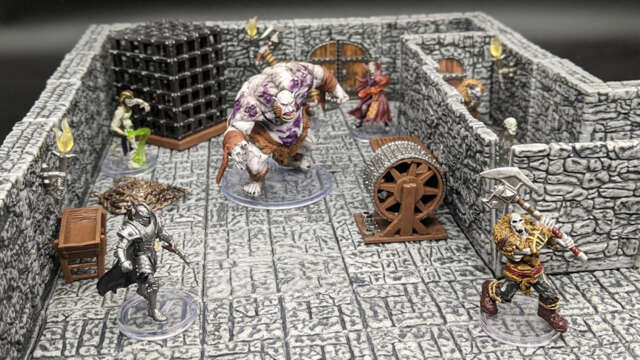
If you're looking to move from a dry-erase board to the third dimension, Warlock Tiles may be the way to go. We covered these a bit more in depth last year, and while they are very pricey, they add a lot, aesthetically, to your gameplay. A basic set, which will allow you to create a decent-sized dungeon, normally goes for $100, but there is typically a sale on Amazon for it. You can expand from there, but it's best to start small.
Spellbook Cards
How many times have you been playing a game with a spell caster and they are thumbing through the Player's Handbook trying to find a spell? The answer is: Too many times. Wizards of the Coast makes Spellbook Cards, which are exactly as they sound. They're cards with spells on them. In the years I've played as a paladin or ranger, I've kept these handy, so I know what spells I can cast and their effects. The cards are separated by spellcasting level, so you can just pull what your character knows and have them handy. There are a few links below to some of the Spellbook Cards, but for some of the others, you might have to go hunting.
|
